Today we’re talking about one of those games that you play through in an afternoon: “Cocoon.” Advertising “world-leaping” puzzles and the unraveling of a “cosmic secret”, this game sounds very promising. The screenshots and videos also look interesting – but is it actually fun? Contains spoilers!
Let’s start with the basics. As already mentioned, the game doesn’t last very long – we got through it relaxed in a good four hours. From an isometric perspective we control a small winged beetle. Unfortunately, this one can’t fly because it hatches fresh at the beginning of the game – so the only option we have is running. Apart from that, we can carry things, primarily special world orbs, and later in the game we can also jump and glide, but only in a boss fight.
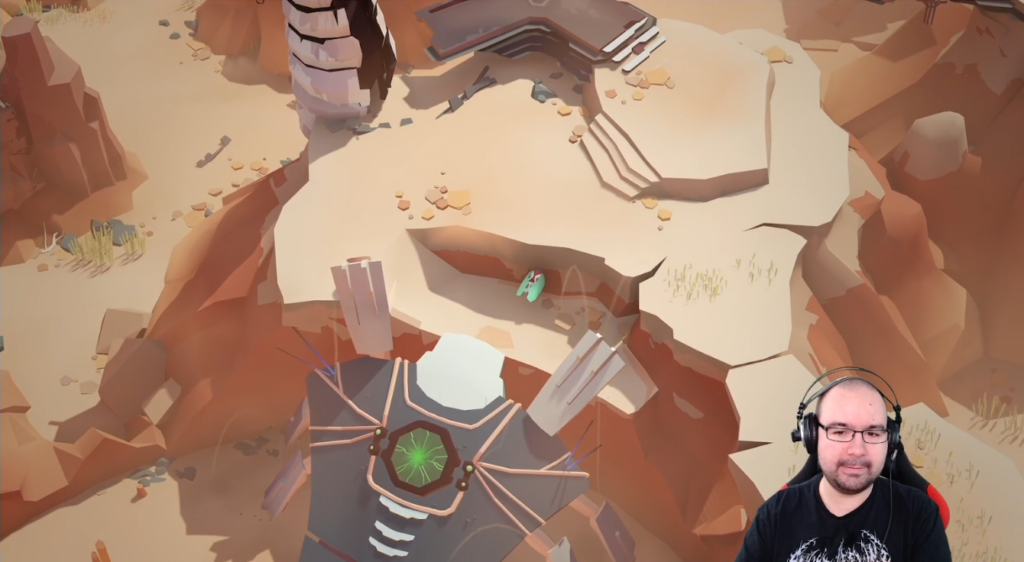
After a short orientation at the beginning, we now start to solve the first puzzles. Overall, the game is based, especially at the beginning, on a lot of distance that you have to cover and simple mechanics such as jumping platforms or very simple switches. Apart from the boss fights between the main levels, there are no enemies, only mechanics to prevent you from progressing (and each can be deactivated by a puzzle).
The colors are kept quite simple, there are lots of pastel tones, which I personally really liked. The worlds are designed in detail and invite you to explore – but you can’t discover much. Although there are hidden shrines where you can pray, these only reward you with a trophy and have no effect on or in the game itself.
The “world-leaping” aspect of the puzzles comes to light when we stand on a special platform for the first time. This catapults us out and we discover that the world we were in is just a sphere in a larger world – we can now use this sphere (or orb) to control special mechanisms in the larger world. As you can imagine, this mechanic goes even further, so that you end up with four orbs to use before you’ve (supposedly) reached the upmost world.
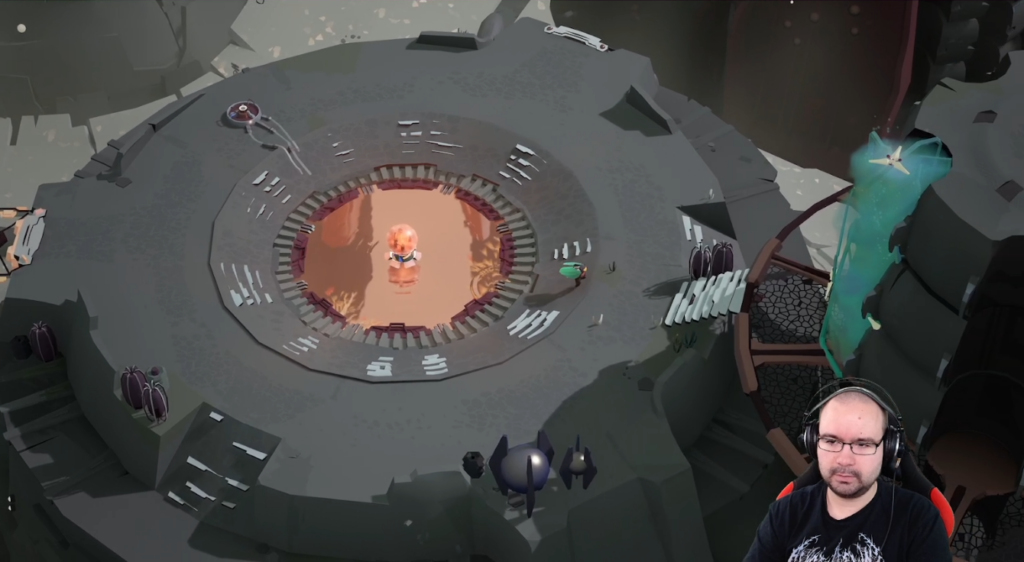
The more orbs you have available, the more complex the puzzles become. You can nest the worlds in each other almost as desired, which, coupled with other mechanisms, creates complex constructs that you first have to create and then unravel again later. It never gets too complicated, but you have to think and plan ahead at one point or another so that you don’t have to turn everything back and start all over.
I really liked this aspect of the game. I found it to be a very pleasant pace at which the puzzles became more complex, but unfortunately the short playing time meant that it never really became difficult to find the solution. I didn’t really wanted the game to be longer, but I would have liked it to have started on a more difficult level or deleted a few of the initial puzzles.
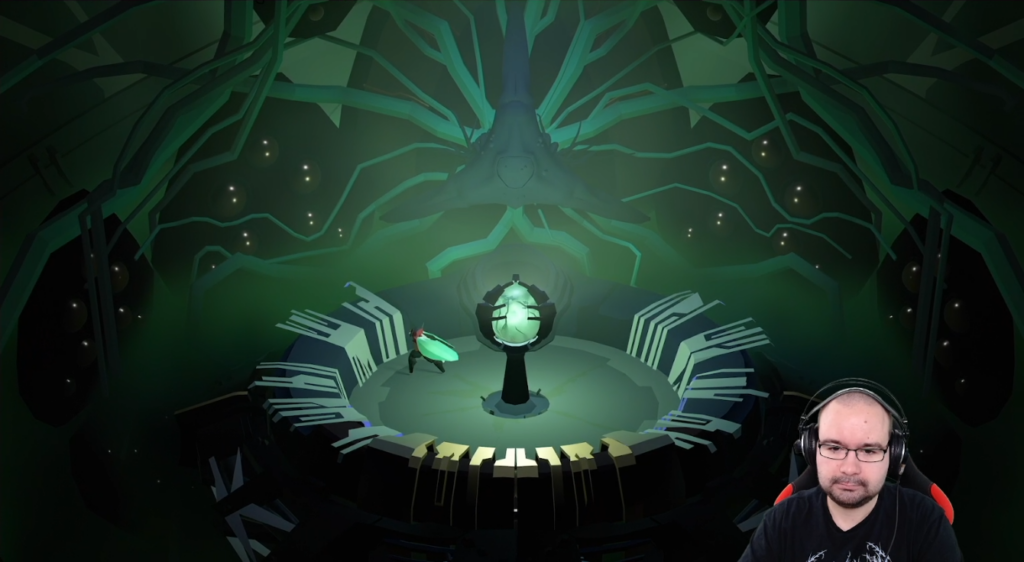
A big confusing aspect of the game for me was the story. I wouldn’t say we revealed a “cosmic secret” – we just watched a few cutscenes and wondered what that was all about. Nothing is really explained, neither at the beginning nor at the end, and just a bit of something that is visually at least not undemanding is shown – unfortunately that’s not enough for me personally.
But one name provides an explanation for this: Jeppe Carlsen. He was the lead gameplay designer on “Limbo” and “Inside” and probably had a hand in the story both here and with those two games. The senselessness that I felt when solving simple puzzles due to the lack of story in the two “predecessors” crept in here too. However, due to the complexity of the multiple worlds, it didn’t seem nearly as present to me. At the end I asked myself why I had actually done all this and would have liked an explanation – but the path to this realization was nowhere near as meaningless as in the other games.
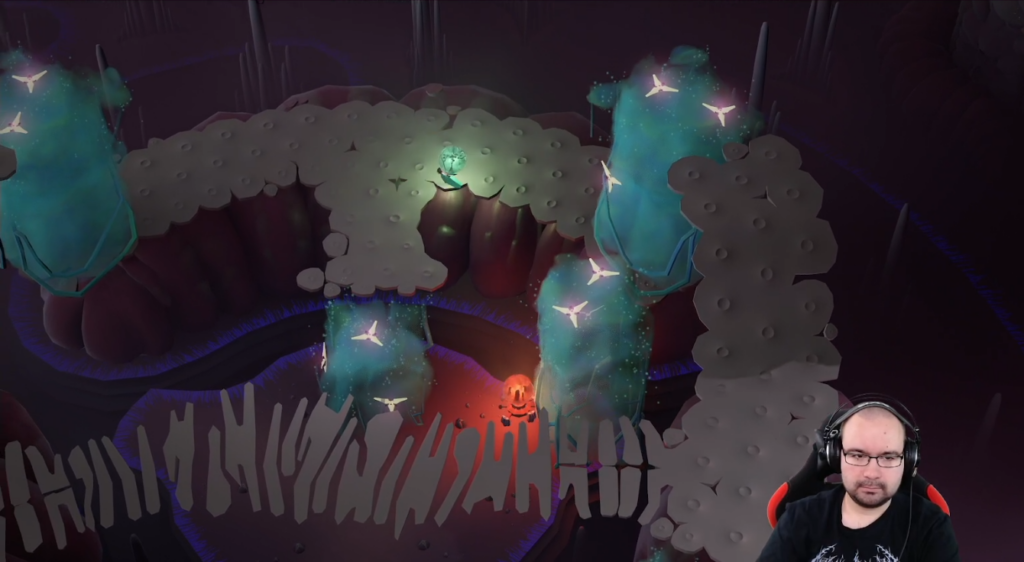
By the way, it’s not that I haven’t tried – but the pseudo-philosophical approaches that you can find online about the game seem too far-fetched to me. Personally, I don’t see any specific ulterior motive or plan in the game’s “story”. That’s not a bad thing, it just ends in the question for me: “Why should I play that?”
I would like to add one more mixed point at the end of the article: the boss fights. At the end of each world you have in a sphere, you have to fight the boss of the world. Where these bosses come from or what they have against us remains completely unclear. But one or two fights were a lot of fun, and there were really good ideas. However, there were also rather boring fights, so I can’t really draw anything generally positive from it.
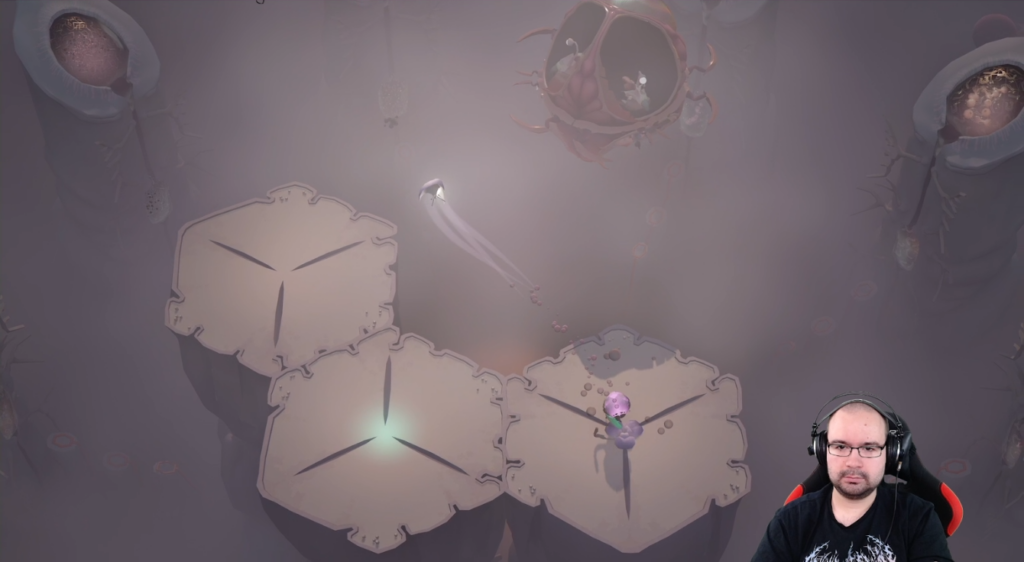
We played “Cocoon” on the Xbox via Gamepass. It ran technically flawlessly, the graphics and music were consistent and the controls were precise – there’s absolutely nothing to complain about here.
Despite my criticisms, I would still recommend this game. I think it’s much better than “Inside” and “Limbo” and had fun solving the more complex world puzzles. Even if there wasn’t a really long-term challenging puzzle, it never got too dull. I wouldn’t buy it, but if you have the game pass, give the game a chance – maybe you’ll understand the story.
What do you think? Did you find the game interesting or rather boring? Have you played it and can perhaps make a comparison to the other games? Feel free to discuss on Discord!